Why we're running it: To keep tabs on the career of the Skoda Kodiaq, the firm's popular seven-seat SUV offering
Month 3 - Month 2 - Month 1 - Specs
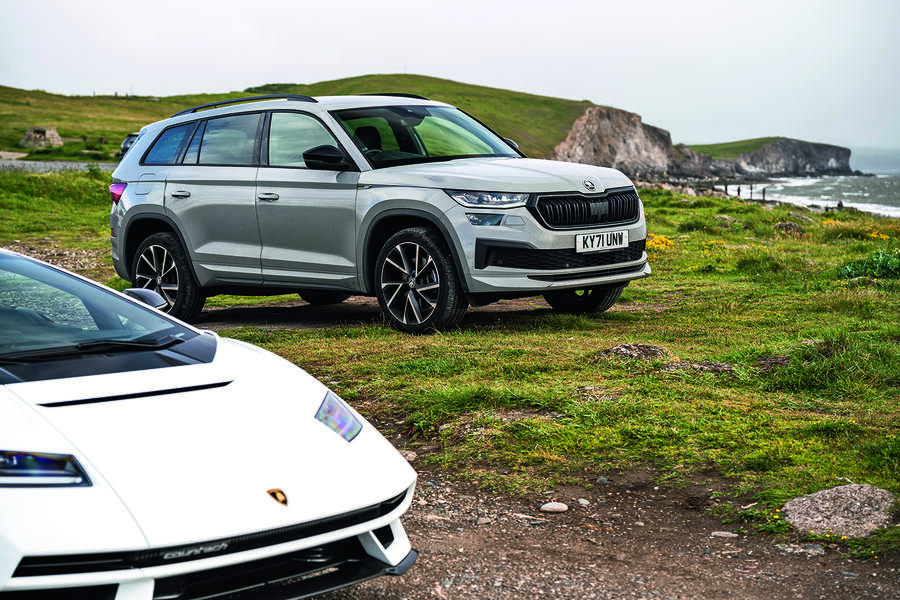
Life with a Skoda Kodiaq: Month 3
After 6700 miles of heavy-duty testing, can we recommend the seven-seat SUV as a £40,000-plus purchase?
The departing Skoda Kodiaq may not go down as my most memorable long-termer, but the seven-seat SUV will definitely be missed, having acquitted itself admirably in its primary duties as a hauler of camera and camping gear.
I tend to prefer something with a bit more visual verve, like the Cupra Formentor I ran previously, but even so, I’ve received plenty of positive comments about the Kodiaq. Sceptics may dismiss the ‘Meteor Grey’ paint as primer grey, but I think it looks classy.
It helps that the Kodiaq is handsomely proportioned for a big bus and doesn’t have any hyperactive surfacing or naff details. The Sportline accoutrements add some visual interest, but overall, it’s a likeable, timeless design.
A similar thing could be said about the way it drives. While it won’t make you fizz with excitement, it would be hard to wish for something that fits my needs much better. Over the long distances that I cover to get to various photoshoots around the country, the seats are comfortable, the ride is smooth and the road noise is hushed.
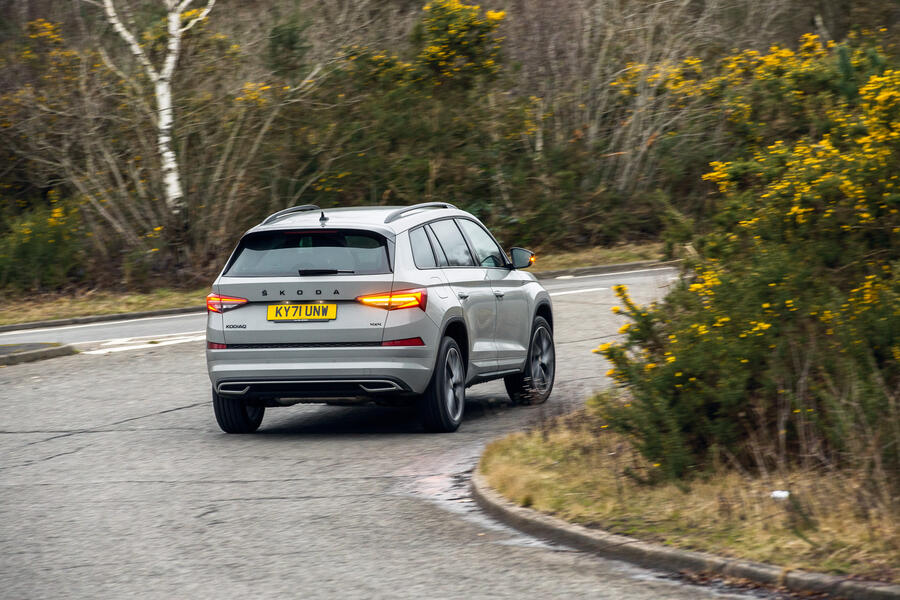
It doesn’t fall over in the corners, either. While the Kodiaq, even in Sportline trim, is far from a sports car, the strong power from the 2.0-litre engine, the generous grip and the precise steering make keeping up with road testers in more sporting vehicles not an impossible task.


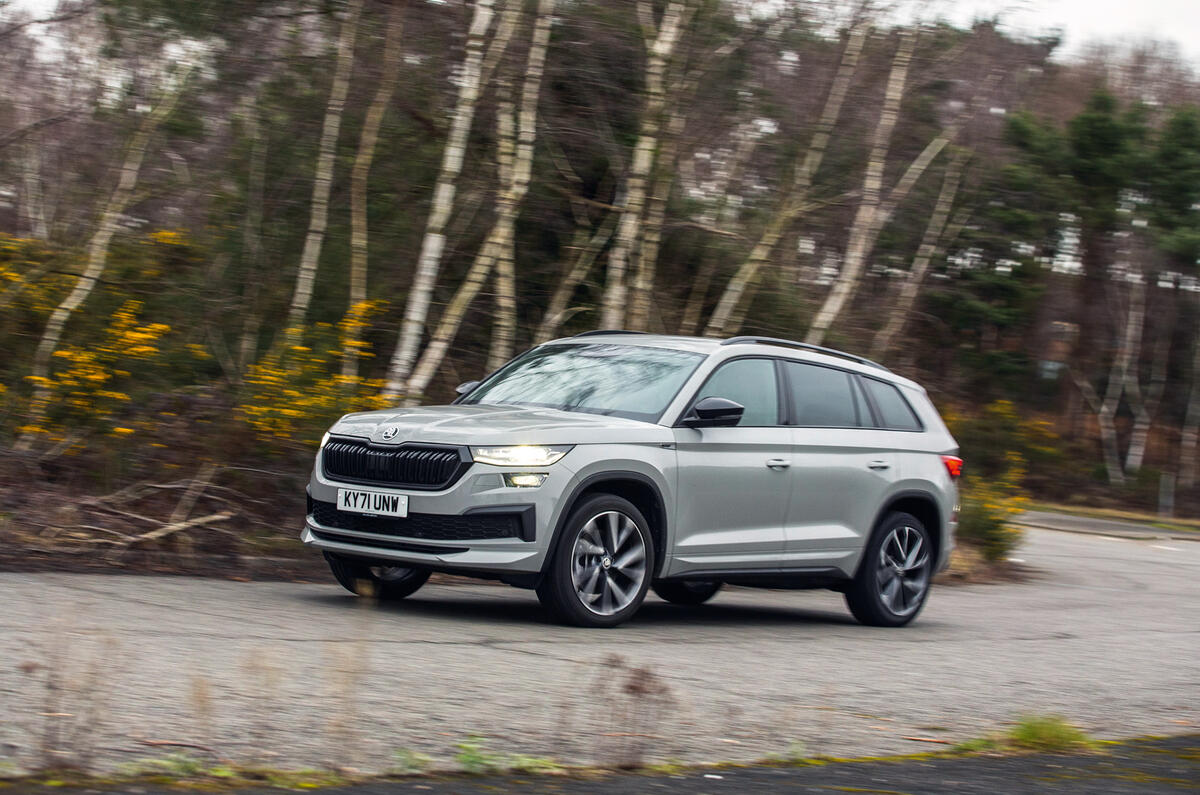
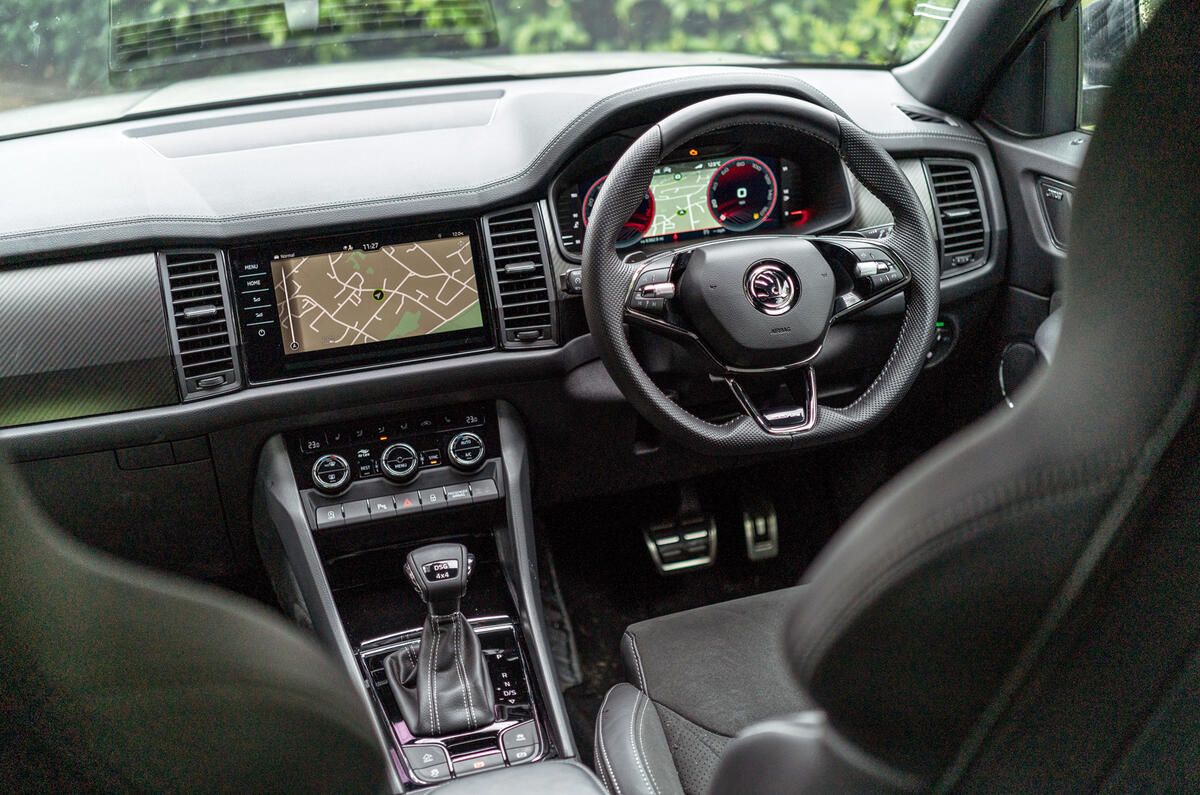
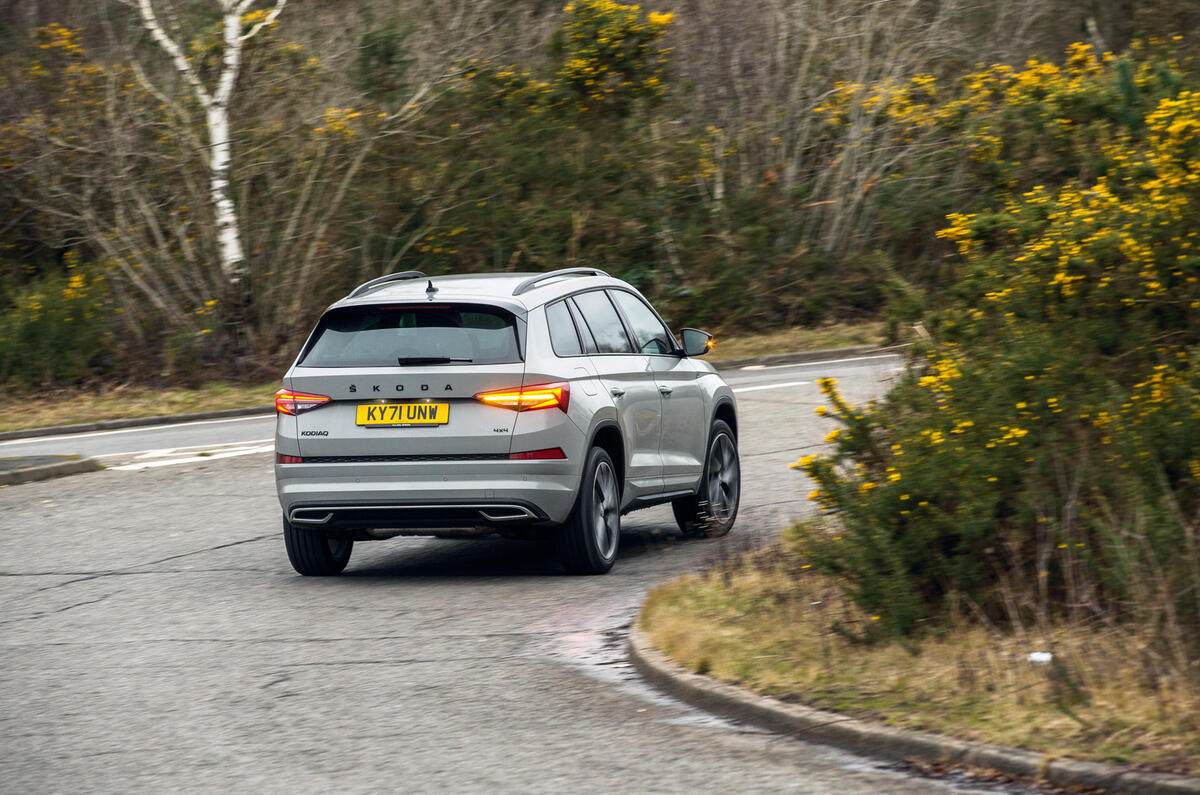
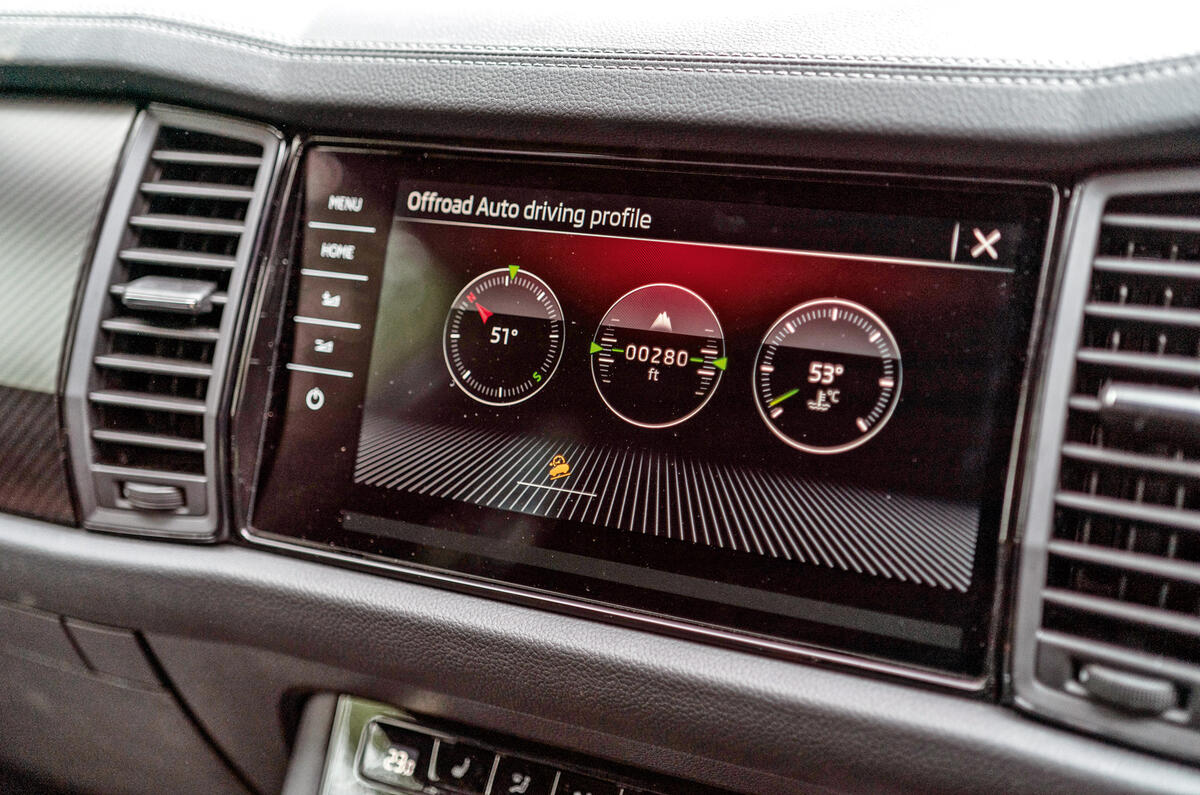
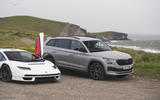
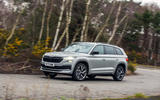
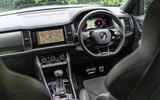
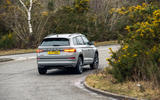
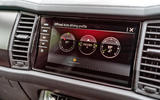
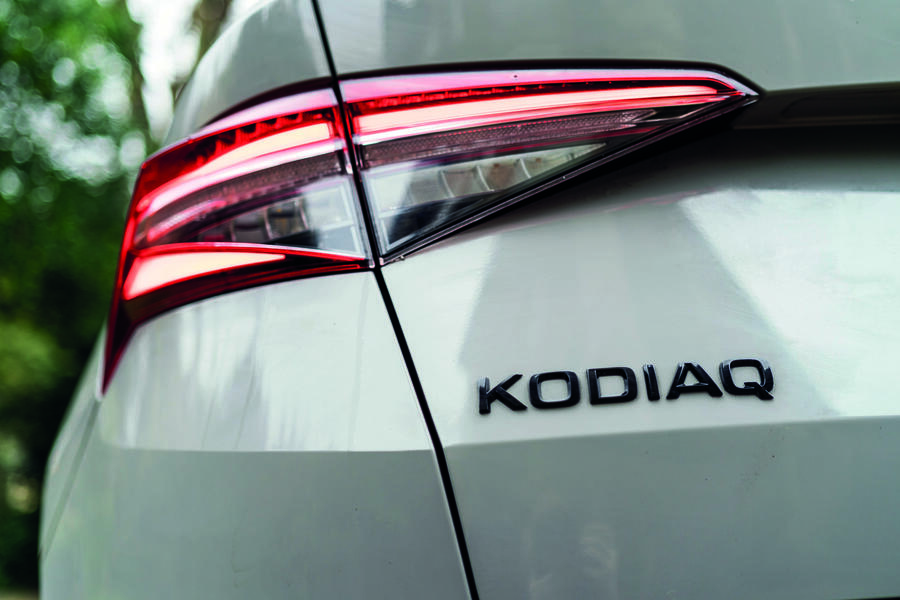
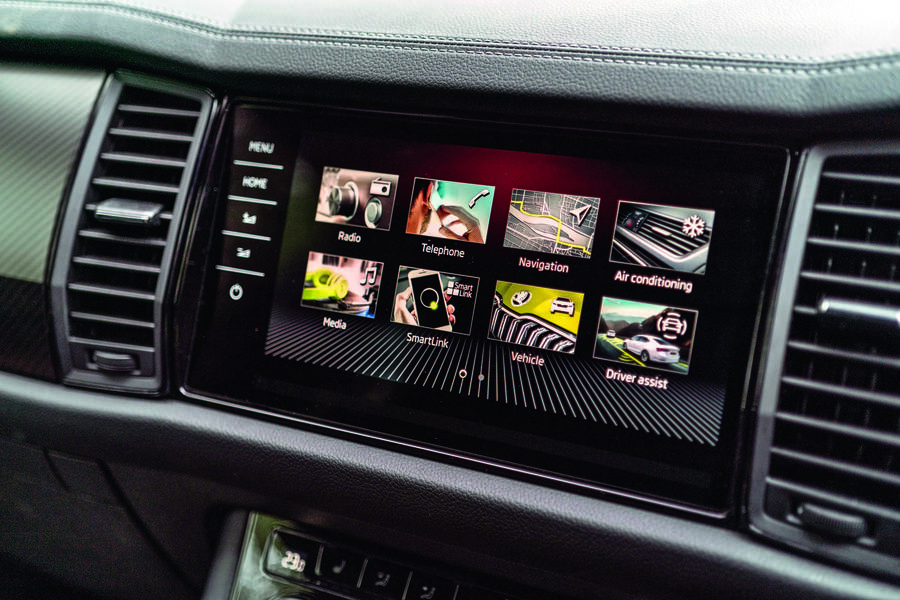
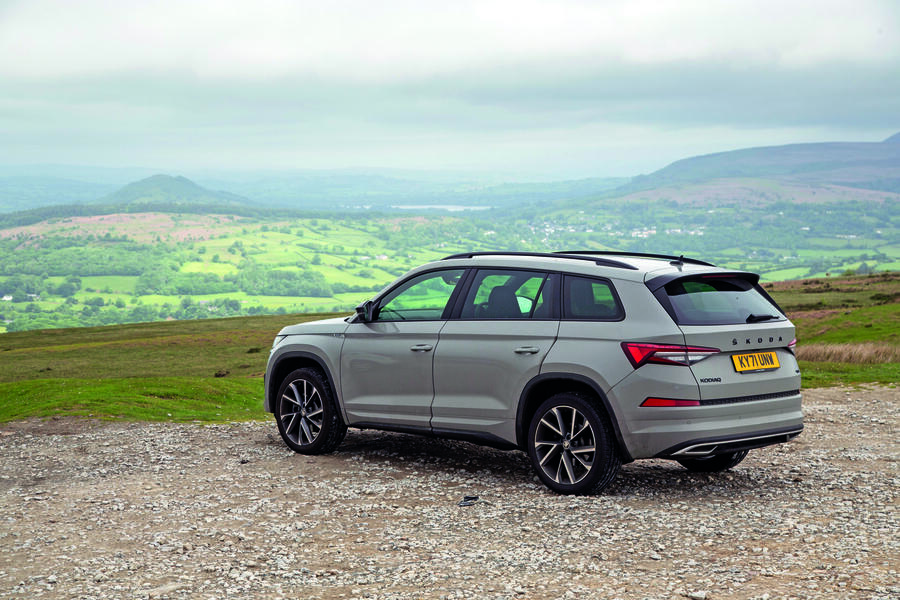
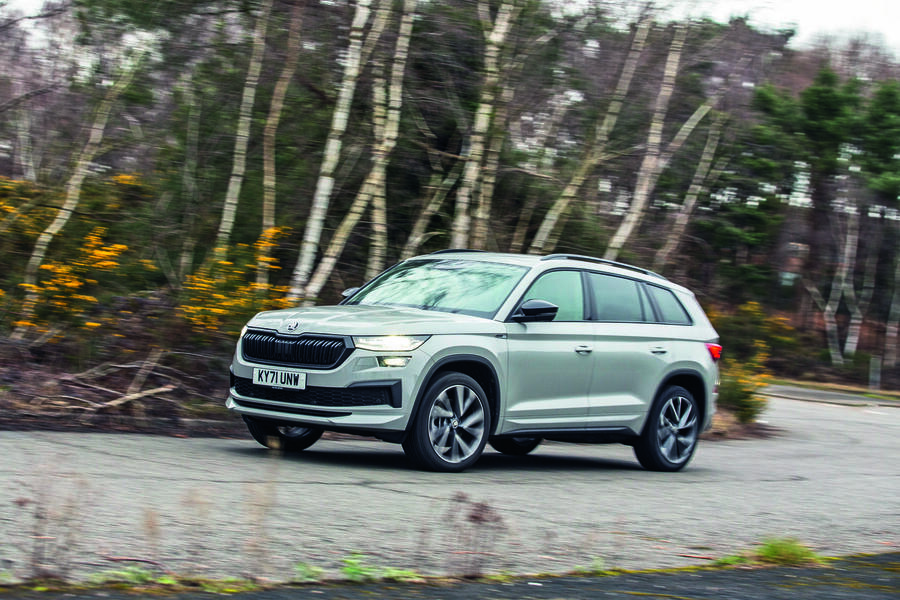
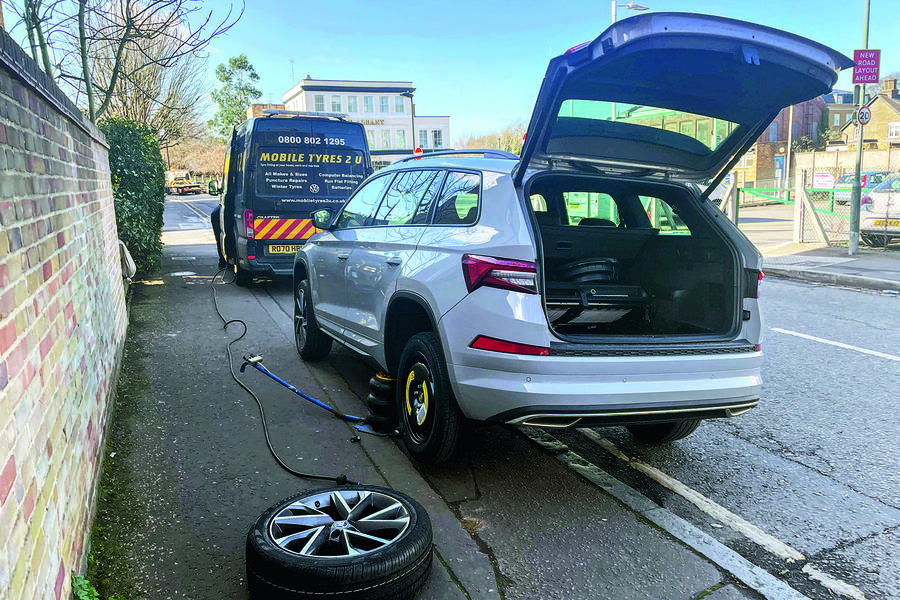
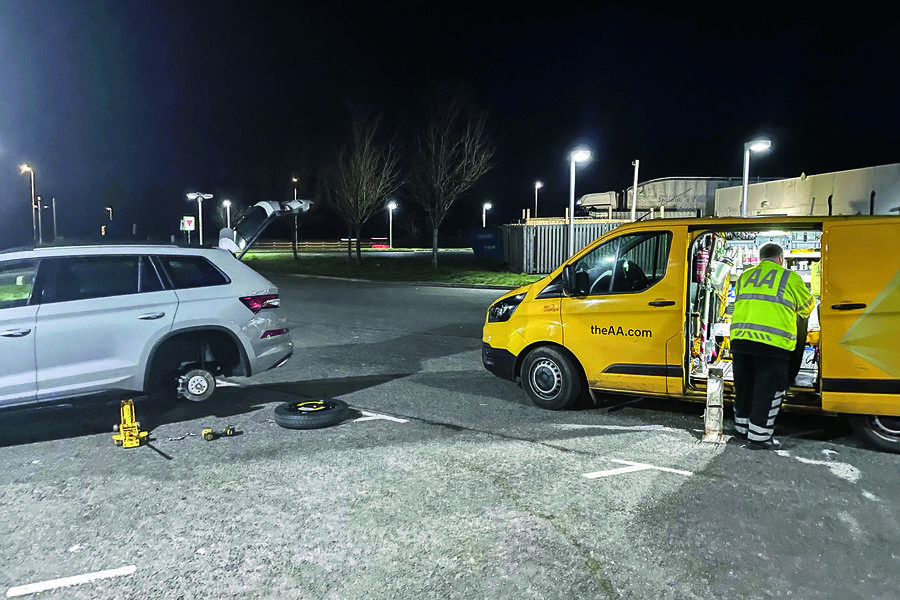
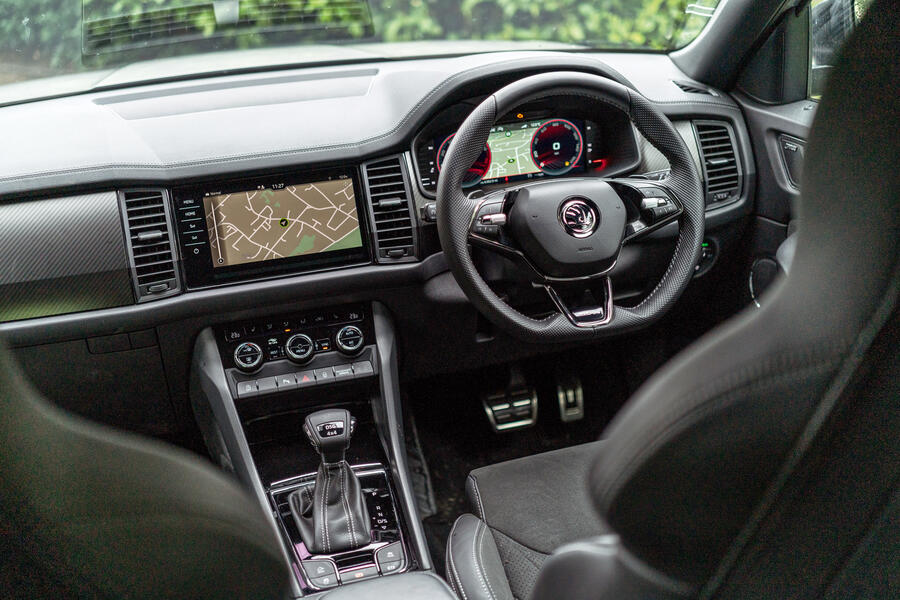
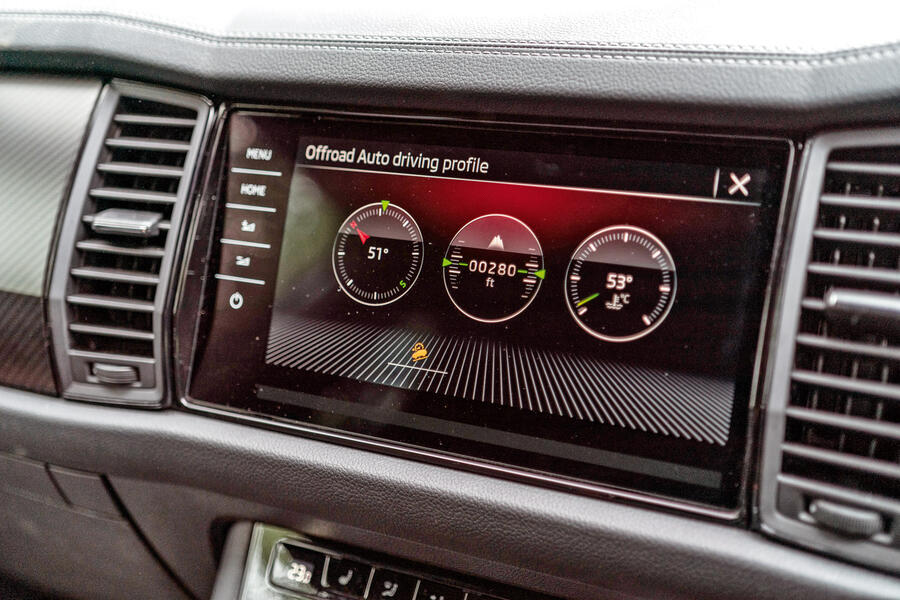


Join the debate
Add your comment
If space & economy is a priority, the 7 seater Citroen Berlingo XL XTR (almost as many interior goodies) , costs less, looks different, very much quirkier (if you like the super-up van sort of thing) & is electric (again if it suits your circs), so could save you even more.....
Also- 1050 litres space with the back seats in place, and 4,000 litres with them folded. Now that's space. Just say'in !
It's not VW Group car though and doesn't have squishy plastics on the inside (imp for UK buyers) ;-)
I have same car as above in 1.5tsi. form Totally agree with the 7 seats, I'd have preferred 5 + extra underfloor storage myself.
Tailgate bleeps each time it opens. Really? Not on my car. It bleeps if you use the remote opening or the button on the drivers door, but if you're standing behind the car and open it ( as you do 99% of the time ) my car doesn't make any sound.
The manual gearbox? That's only applicable to the SE poverty version which nobody buys. ( Again the only car which comes with 5 seats as std ). It's pretty hard to find any new Kodiaq that doesn't have DSG.
Gearbox trouble? Not my experience. It can be a little clucky engaging 1st from a standstill but gearchanges from then on are smooth as silk on my car.
Yes a 2wd 1.5tsi Sportline is significantly cheaper to buy than the 2.0tsibut add a few extras and that too is over £40k these days.
I have the 1.5 DSG in a 2WD facelift Tiguan. Averaging 37mpg over mostly A-road and motorway miles, and the best I've seen on a long run is 44mpg. In the bigger Kodiak with 4WD I can't see it doing any better, so the 2.0 might be the engine to have. Don't do enough miles to justify cost and complexity of the diesel.